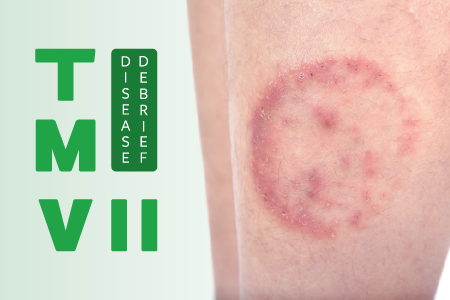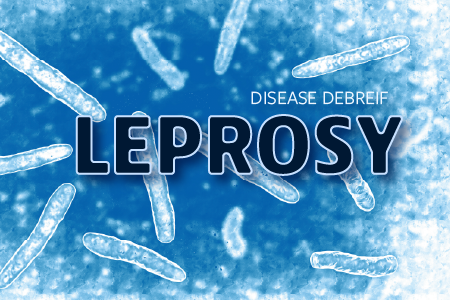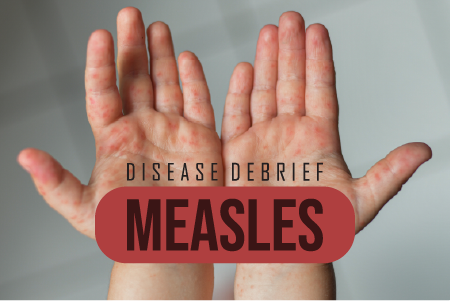TMVII transmission occurs through direct skin-to-skin contact, including through sexual contact. Additionally, the fungus can spread via contaminated surfaces, clothing, or animal contact. Men who have sex with men have been identified as a key risk group in current outbreaks.
Naegleria fowleri is a type of single-celled organism called a free-living amoeba. It lives in soil and warm freshwater and is distributed worldwide. Naegleria fowleri is generally harmless to humans but can cause a deadly infection called primary amoebic meningoencephalitis (PAM) if it reaches the brain.
Salmonella is a common gastroenteric infection that affects millions of individuals worldwide. Each year in Canada, over 88,000 people are infected with Salmonella. It is one of the top four causes of diarrheal illnesses globally, with cases ranging from mild to severe. More severe infections of Salmonella are rare, but can have life-threatening consequences.
Mpox virus (formerly Monkeypox) is a zoonotic, double-stranded DNA virus, which also includes the variola virus (smallpox), cowpox virus, and vaccinia virus.
Recent research has reclassified the mpox virus into two distinct clades, now officially referred to as Clade I (formerly the Central African or Congo Basin clade) and Clade II (formerly the West African clade).
Listeriosis is a serious infection caused by Listeria monocytogenes, a bacterium commonly found in the environment. The bacterium can contaminate various foods and water sources:although cases are relatively rare, outbreaks can be of serious public health concern Rates range from 0.1 to 10 cases per million people annually, depending on the countries and regions of the world.
Shigellosis is an acute, invasive, enteric bacterial infection that affects the digestive system. It is caused by a group of bacteria called Shigella. Symptoms may appear within 1–2 days of encountering Shigella.
H5N1 AI is a highly pathogenic avian influenza virus that is easily transmitted between birds and is a zoonotic disease (a disease that transmits from animals to people), but it is not well adapted to mammals. There have been reports of possible limited human-to-human transmission, but there has been no evidence of ongoing transmission between people.
Valley fever (also known as coccidioidomycosis) is a lung infection caused by two species of the fungus Coccidioides. The Coccidioides fungus can be found in semiarid soils of the Pacific Northwest and Southwestern United States, Mexico, Central America, and South America.
Leprosy, also known as Hansen’s disease, is caused by the bacterium Mycobacterium leprae. This chronic infection primarily targets the skin, peripheral nerves, mucosa of the upper respiratory tract, and ocular tissues, leading to disfiguring sores and nerve damage.
Dengue is a viral infection caused by the bite of infected Aedes mosquitoes.
In Canada, approximately 200-300 cases of dengue are imported each year. All cases have been among travellers returning from countries where dengue is present.
Congenital syphilis is a sexually transmitted bacterial disease passed from mother to child during pregnancy or birth. When left untreated, syphilis in pregnant women can cause serious health consequences including miscarriage, stillbirth, neonatal death, or birth defects. Congenital syphilis is re-emerging and has risen significantly in recent years. In 2019, for example, there were 53 cases of congenital syphilis, the highest number of cases ever reported in Canada. Case counts have risen significantly since 2019 in the provinces, although numbers for the country as a whole are not yet available.
Measles is a single stranded, enveloped RNA virus. The virus can cause a measles infection which starts in the respiratory epithelium of the nasopharynx. Measles is highly contagious. Complications from measles commonly include ear infections and diarrhea.












